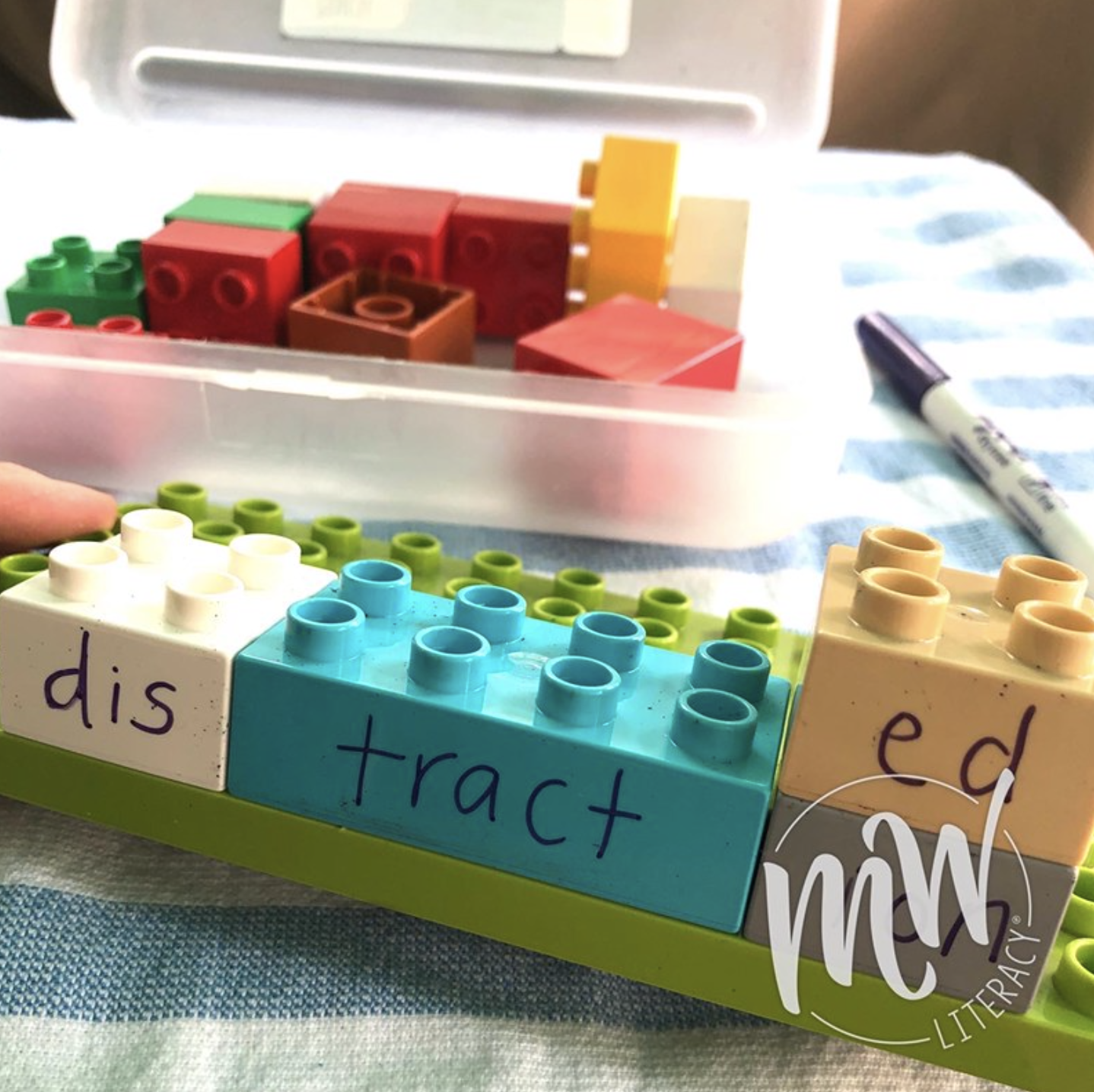(POST PART 2/3)
In Part 1 of this series, I discussed the the first three keys of spelling success I ensure to integrate into my spelling instruction:
This post will be about the ways in which homophones, morphology, and etymology play a role in supporting spelling knowledge and fluency.
homophones
Coming from the Greek words meaning “same” and “sound”, homophones are words that sound the same but are spelled differently and have different meanings. These are words like your/you’re; to/too/two; and it’s/its. Homophones can cause great confusion when it comes to spelling and have a valuable place in spelling instruction. Students can learn to differentiate between homophones with practicing writing them in context and studying how and why they are constructed. And sometimes, mnemonic devices can play a role in helping students keep them straight. When a student uses spell check, the computer may not always identify homophones when they are misused. The top nine homophones that I focus on first at the upper elementary level include:
Accept / Except
Hear / Here
It's / Its
Passed / Past
Than / Then
Their / There / They're
To / Too / Two
Who's / Whose
You're / Your
For some fun combining homophone practice while acknowledging seasons and holidays, check out these seasonal and holiday homophone worksheets.
Morphology
Morphology is the study of how words are formed. A morpheme is the smallest unit of meaning. It can be a root or base, a prefix, or suffix. The word distraction has three morphemes: dis + tract + ed. Practice with understanding the meaning of specific morphemes will greatly aid not only vocabulary but improved spelling.
Morphology instruction can begin as early as kindergarten and first grade when students learn about the plural S and identifying base words, and then moving on to more advanced prefixes and suffixes as students advance into second and third grade. By fourth grade, morphology should be heavily woven into the curriculum. You can find a free download here for introducing the prefixes uni-, bi-, and tri-.
Using building bricks like these in the image below is a hands-on way to engage students in visualizing how morphemes work. For more Greek and Latin root activities featured in the bottom right image , click here.
Etymology
Etymology is the study of a word’s origin. The etymology of a word can teach us about how the word has changed over time influencing both spelling and pronunciation. It can help us make meaning of certain words with spellings that stump us.
Let’s look at the word Wednesday. Has that D ever stumped you? Once upon a time, the days of the week were given by the Romans. Sunday and Monday were named for the sun and moon, and the other days were named for the planets which were also Roman gods: Tuesday - Mars; Wednesday - Mercury; Thursday - Jupiter; Friday - Venus; and Saturday - Saturn.
In Nordic countries, the days were then given names after their gods which closely resembled traits of each Roman god. In Norse mythology there was a well-known god named Odin, or Woden, and it was he who was most like Mercury. So today we we have Woden’s Day -- or what we know as Wednesday.
Next time the spelling of a word causes confusion, look into its etymology!
Come Join the MW LITERACY® Instagram Community
Sign up here for bite-sized doses of professional development delivered to your inbox each week.







